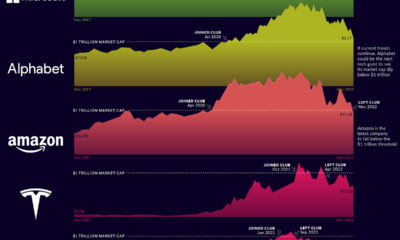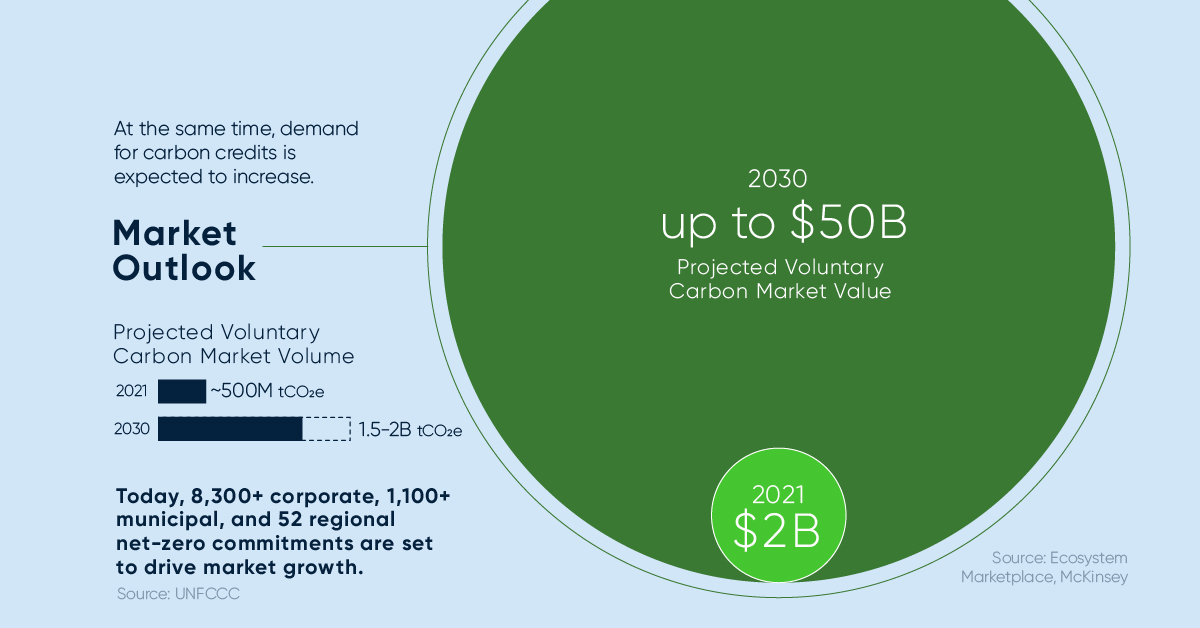Apple launched the first iPhone in 2007, and since then the iconic smartphone has sold over 700 million units around the world. This best-selling handset sets the standard for smartphone performance and features. However, the iPhone would not be possible without the extraordinary raw materials that line the insides of the case.
Here’s what’s in an Apple iPhone 6s:
Screen The iPhone’s screen is much more complex than it may seem. The aluminosilicate glass is bombarded with ions of potassium for strength. Meanwhile, a layer of indium tin oxide makes it touchscreen capable, and small amounts of rare earths enables certain colors on the display. Battery: The iPhone uses lithium cobalt oxide (LiCoO2) chemistry in its cathode, with 60% of it being made from cobalt. It also uses a graphite anode and aluminum casing. Electronics: Processor Chip: The phone’s processor is mainly made from silicon, but it is bombarded by various elements such as phosphorus, antimony, arsenic, boron, indium, and gallium to give it superior electrical properties. Micro-Electrical: Copper, gold, silver, and tungsten are used for electrical connections within the phone. Which metal is chosen depends on the need. For example, while silver is the most conductive metal, gold never tarnishes. Micro-capacitors: regulate electricity flow Apple managed to guarantee it only used conflict-free tantalum in February 2014. Soldering: Tin, copper, and silver. Sound and Vibration Speakers and Headphones: To get lots of sound from a small place, high-powered neodymium magnets are used. They are made from neodymium, iron, and boron, and sometimes also containing smaller amounts of other rare earths. The same magnets also power the phone’s vibration function. Case: Aluminum: The iPhone’s case uses aerospace-grade aluminum with an anodized outside layer for extra protection. This layer is just five micrometers thick, thinner than paint. Camera: Sapphire glass: This synthetic material covering the lens rates a 9 on Moh’s hardness scale, making it nearly as hard as a diamond.
Material Substitution?
Of the 83 stable and non-radioactive elements in the periodic table, a total of 62 different types of metals go into the average mobile handset. In 2013, academics at Yale University looked at these metals and metalloids inside smartphones, and rated their possible replacements. They concluded that 12 of these materials effectively had no replacements at all. on To reach net-zero by 2050, immediate action and $9.2 trillion in annual investment is required, or about 7-9% of global GDP. This would be $3.5 trillion annually more than today, which in 2020 was equal to roughly:
50% of corporate profits25% of tax revenues7% of household spending
This infographic sponsored by Carbon Streaming Corporation shows how carbon credits can help accelerate a net-zero future by funding climate action.
Closing the Funding Gap With Carbon Credits
Carbon credits play a vital role in channelling finance to help close this funding gap. Here are some ways in which carbon credits can be used: Thanks to a growing number of initiatives listed below, 2023 is anticipated to bring greater credibility and transparency to the carbon credit market.
The Integrity Council for the Voluntary Carbon MarketScience Based Targets initiative (SBTi)Climate Action Data TrustVoluntary Carbon Markets Integrity Initiative
Not Every Carbon Credit is Equal
Identifying high-quality carbon credits is important because not every type of credit offers the same scope of benefits. Carbon credit buyers look for credits that offer tangible benefits that go beyond CO₂ reduction or removal, such as:
Advancing Sustainable Development GoalsCreating jobs in local communitiesProtecting biodiversityProviding education and job training
Often, credits that offer these types of benefits command a price premium. At the same time, demand for carbon credits is expected to increase. Within the decade, the value of the voluntary carbon market could grow from $2 billion up to $50 billion. Voluntary carbon markets refer to the transactions in which carbon credits are purchased by corporate and other buyers that voluntarily (not required by a regulatory act) want to compensate for their emissions or advance sustainability goals.
Source: Ecosystem Marketplace, McKinsey, UNFCCC Today, over 8,300 corporate, 1,100 municipal, and 52 regional net-zero commitments are set to drive market growth.
Carbon Streaming’s Innovative Approach to Climate Action
Carbon Streaming is a publicly listed company that invests capital in high integrity carbon credit projects on a global scale. It uses the proven, flexible streaming model to create long-term partnerships. This model aligns interests to benefit all stakeholders. Carbon Streaming’s growing portfolio of carbon credits includes over 20 projects across six different project types in 12 countries that aim to accelerate a net-zero future.
Transformative Year Ahead
By the end of 2023, carbon credits are expected to be issued from 10 or more projects. Importantly, all of Carbon Streaming’s carbon projects aim to advance multiple UN Sustainable Development Goals. Carbon Streaming intends to continue growing and diversifying its portfolio while selling carbon credits received to maximize value for all stakeholders.
Interested in learning more about Carbon Streaming? Click here to learn more.

























